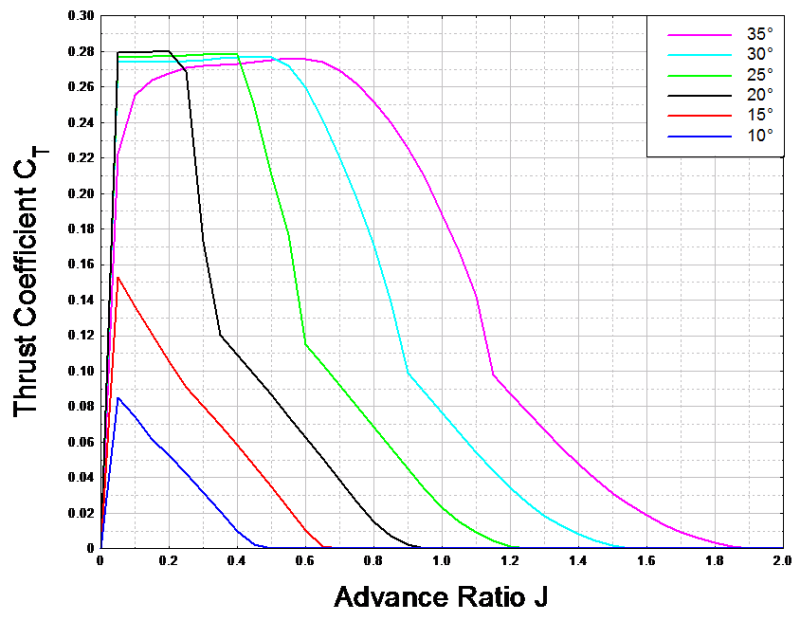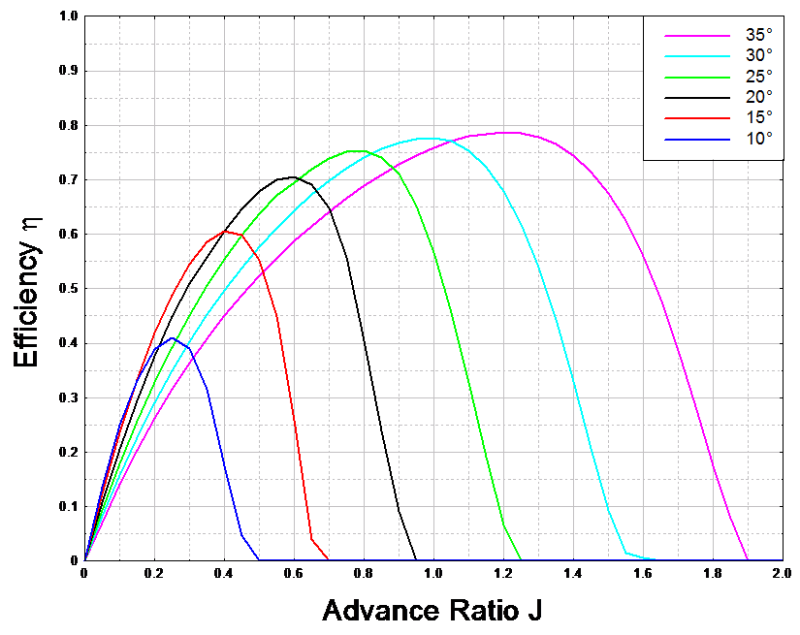Two problem to solve.
1) I have 4 propellers built with different airfoils. I have the graphs of coefficient of thrust and efficiency in function of advance ratio. There is a mathematical method to select which one is the best or the only way is just look at graphs
2)I know the maximum thrust necessary at my aircraft so I need to found the right dimension (diameter) and number of blade for a propellers .
I can calculate the thrust produced by the propeller but this change with the advance ratio and the pitch angle so really i don't know how to select the best diameter and number of blade.
I thank you in advance for the answers
1) I have 4 propellers built with different airfoils. I have the graphs of coefficient of thrust and efficiency in function of advance ratio. There is a mathematical method to select which one is the best or the only way is just look at graphs
2)I know the maximum thrust necessary at my aircraft so I need to found the right dimension (diameter) and number of blade for a propellers .
I can calculate the thrust produced by the propeller but this change with the advance ratio and the pitch angle so really i don't know how to select the best diameter and number of blade.
I thank you in advance for the answers


